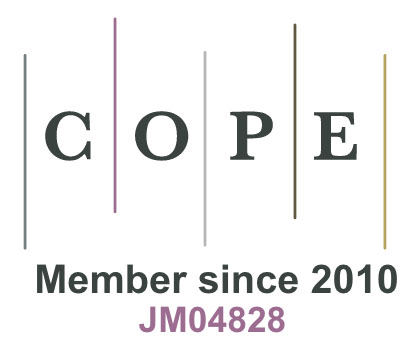ANS: Published by Lippincott, Williams & Wilkins
-
Join 5,389 other subscribers

ANS Peer Review Mentoring
Are you interested in being mentored as a peer reviewer for ANS or other scholarly journals? Download ANS Peer Review Mentoring Program Description to learn more!Interested in becoming a nursing journal editor?
We accept applications for this innovative journal editor immersion program each year on April 1st.
Download the 2021-22 ANS Editor Immersion Program Description to learn more!ANS Purposes and Scope
The essential purposes of ANS are to advance the development of nursing knowledge and to promote the integration of nursing philosophies, theories and research with practice. We expect high scholarly merit and encourage innovative, cutting edge ideas that challenge prior assumptions and that present new, intellectually challenging perspectives. We seek works that speak to global sustainability and that take an intersectional approach, recognizing class, color, sexual and gender identity, and other dimensions of human experience related to health.
From the Editor on Scholarship
From the Editor on Publishing
ANS on “Evidence”
Search this blog
Search by Category
Visitors
About the ANS Blog
The ANS Blog provides a forum for discussion of issues raised in the articles published in Advances in Nursing Science. We welcome all authors and readers to post your comments and ideas on the blog! If you would like to be an author on this blog, let us know!
The journal Editor is Peggy L. Chinn, RN, PhD, FAAN. Dr Chinn founded the journal in 1978.


Advances in Nursing Science Blog by ANS Editor is licensed under a Creative Commons Attribution-NonCommercial-ShareAlike 4.0 International License.
Permissions beyond the scope of this license may be available at https://ansjournalblog.com/contact/.


Disaster preparedness
The Washington Post had a story yesterday that should raise some concerns, for a day or two: “US Health Care System Unprepared for Major Nuclear Emergency, Officials Say”
As I suggested in another post, it is difficult, if not impossible to be prepared for a catastrophe when our health care facilities are barely handling routine loads.
Disaster preparedness requires tremendous redundancies: Extra staff, extra supplies, extra equipment, extra medications, extra food, and alternative energy sources. Few if any modern health care facilities would have enough supplies to last 72 hours, let alone a week, or a month.
In most of our hospitals, nursing homes, and home health agencies the supplies are so stretched that if an overpass on a major Interstate highway collapsed, as happened in Connecticut along I-95 in 1983, or in Minnesota in 2007, it could be so disruptive that it would cut some communities off from routine supply chains for at least a day or two. If that happens the afternoon supplies are supposed to arrive, when facility supplies are at their low point, a 24 – 48 hour delay may not prove fatal, but it would certainly lead to compromised care.
The mathematics of preparedness is simple – plan for at least 2 – 3 standard deviations above average demand – not average demand. Yes, it costs more. Yes, profits will disappoint the bean counters.
But what will be left of the heart and soul of nursing if we aren’t fighting to be prepared to care for our patients?
Share this:
Related